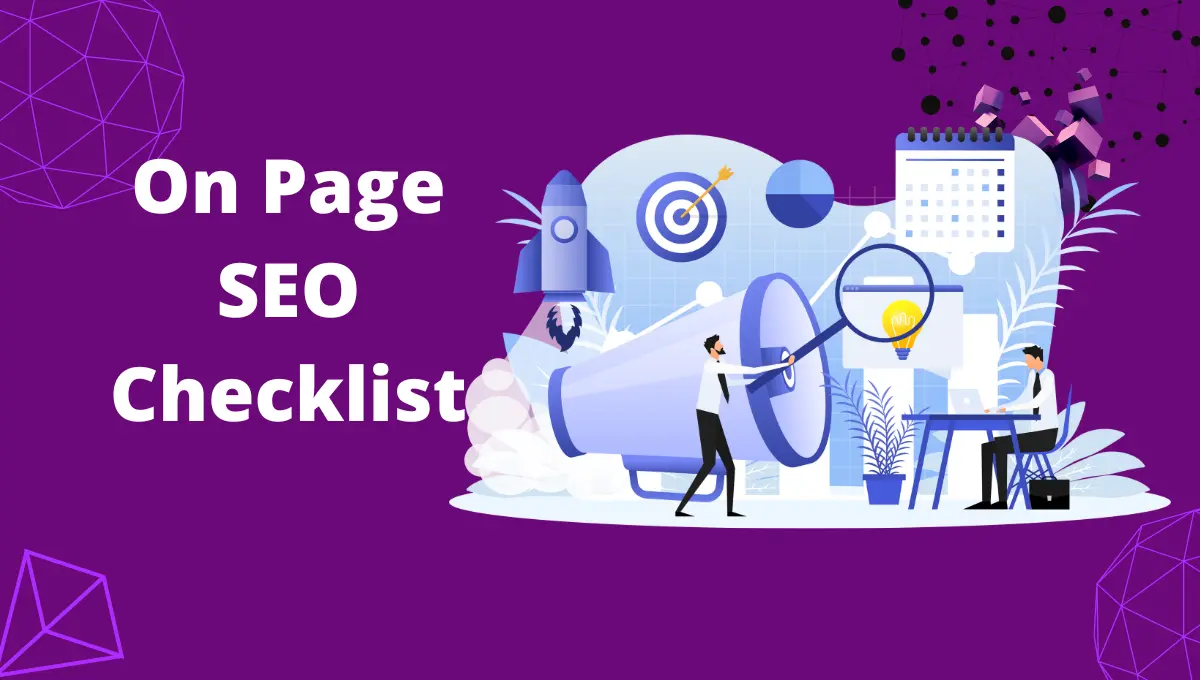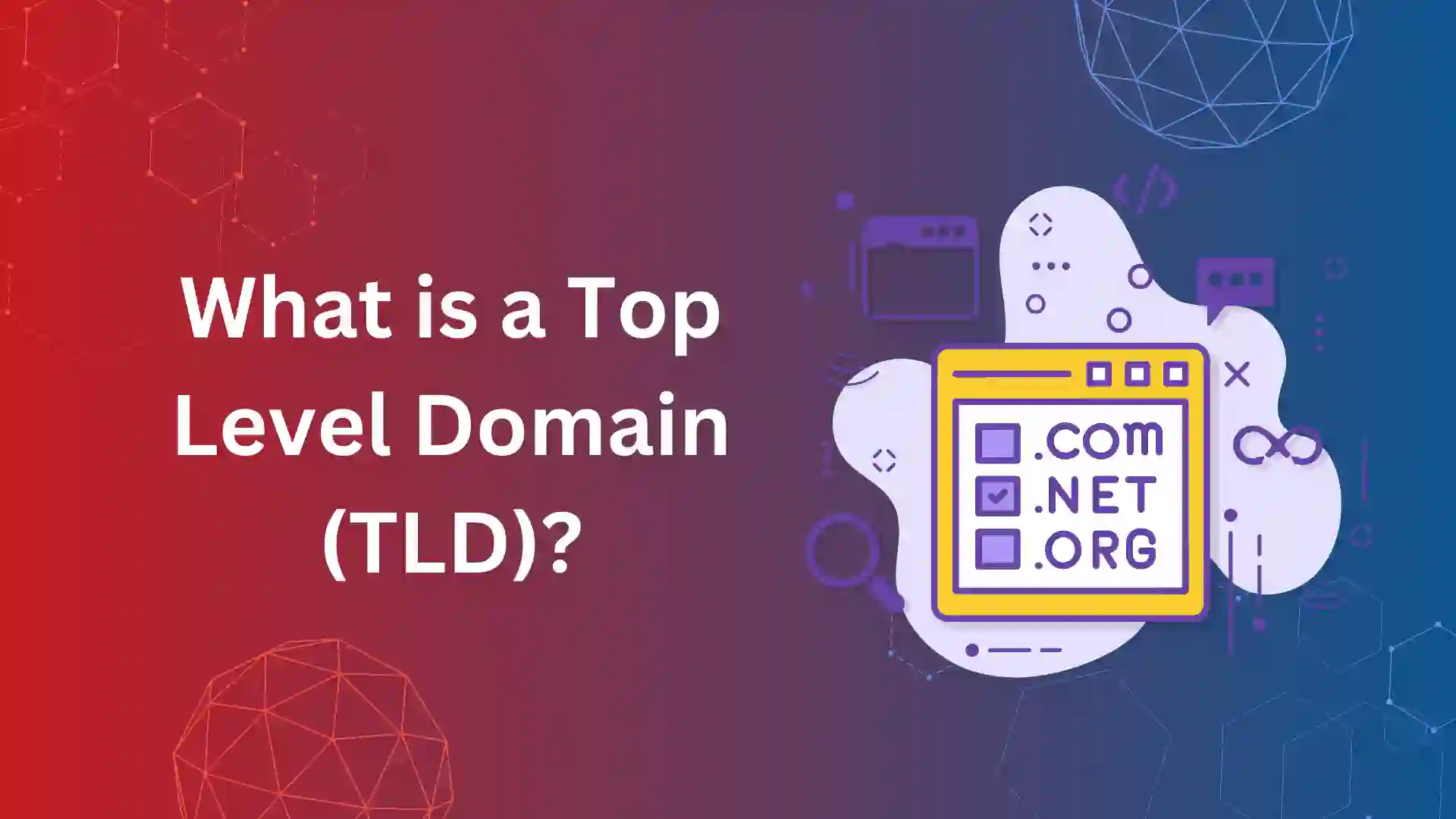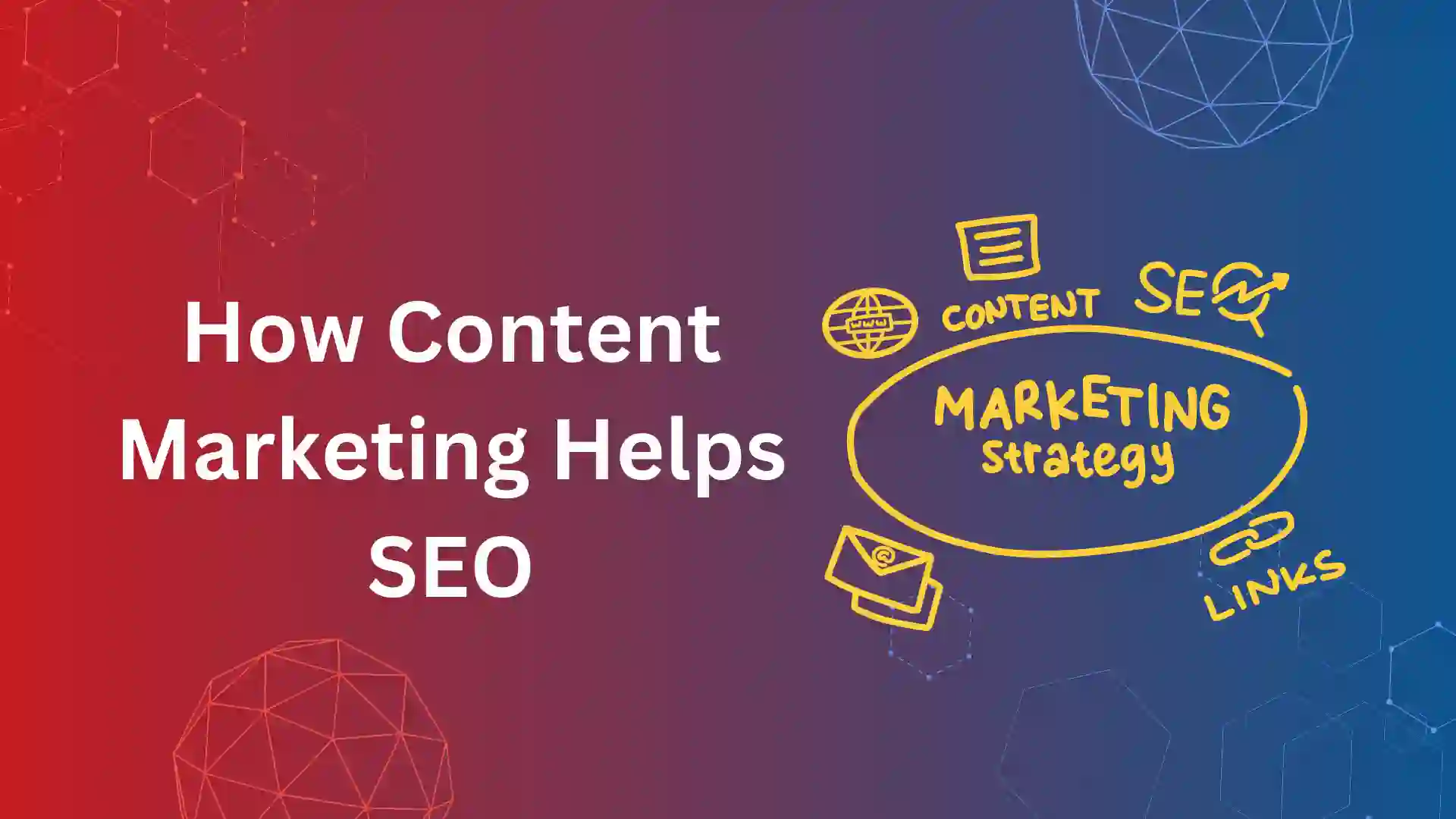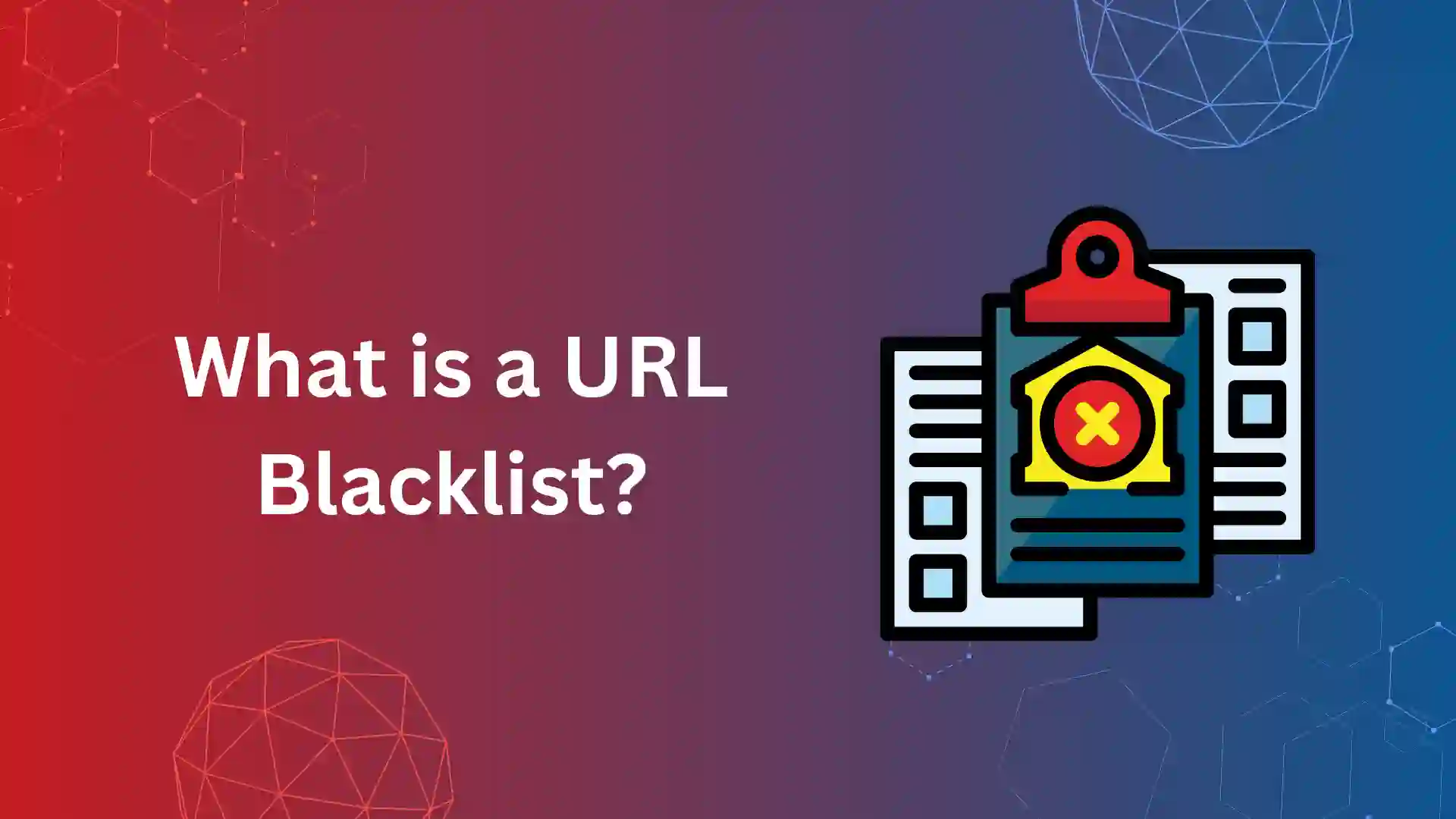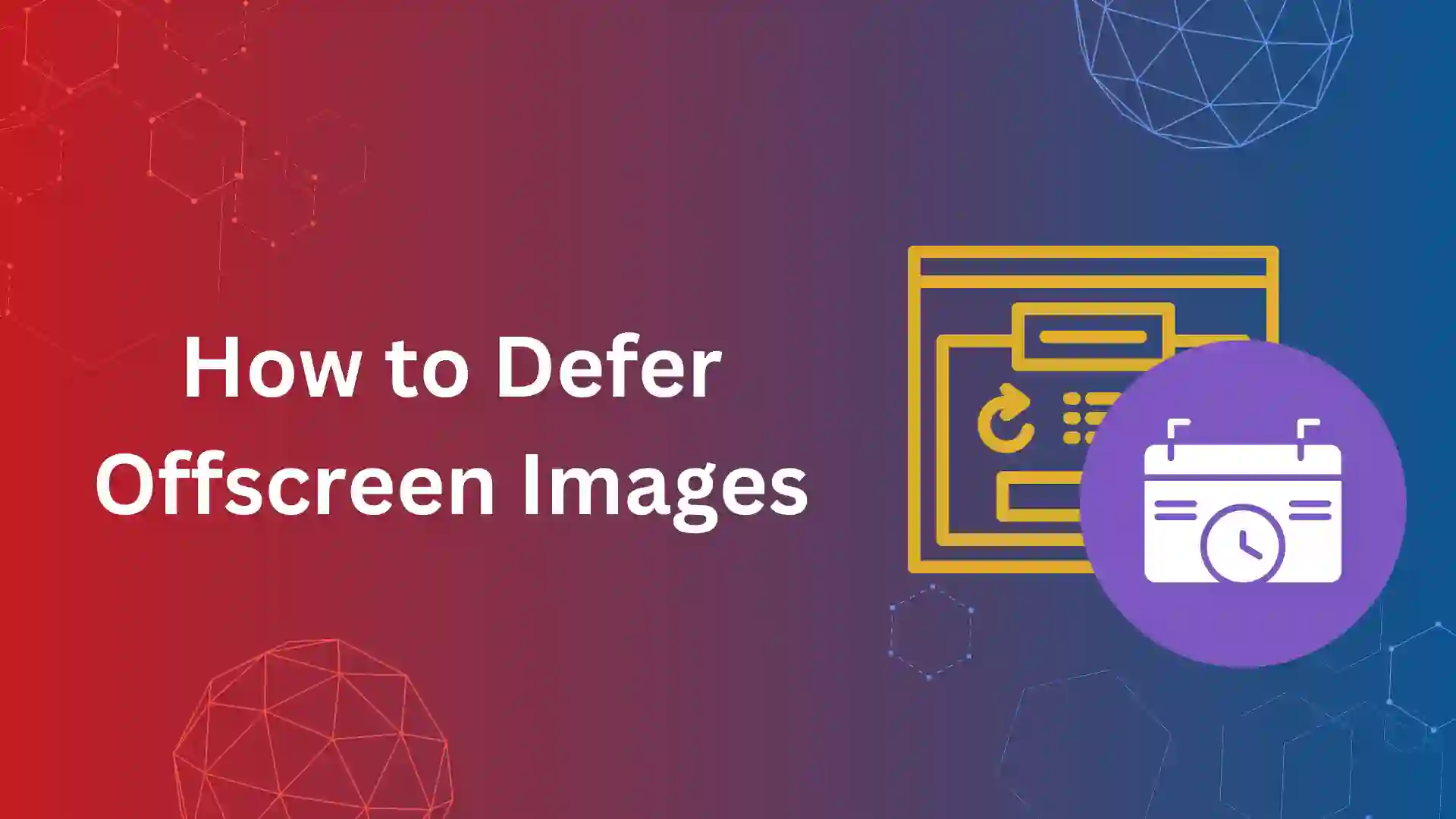SEO becomes effortless when the process has a well-planned system or strategy. On-Page SEO checklist is one of the processes that help the SEO team perform perfectly.
Checklists are like SOP; an SEO company should have such for every part of the optimization.
It is like a roadmap with which you can easily reach the destination. Also, these checklists are defined by keeping webmaster guidelines in mind that we use to perform On-page SEO daily.
You can be 100% sure to use these components in your practice, as it’s a white hat methodology.
What Is a On-Page SEO Checklist?
An on-page checklist is a set of key components that are mandatory for the organic performance of a web page in SERP aligned to search engine algorithms.
These frameworks are step-by-step processes on how an On-page SEO should execute to make web pages dominate SERP for any queries.
We usually use this checklist for performing on-page activities and auditing all the on-page components of the web page.
On-page SEO deals with matching the relevancy of a web page with the user intent. The main focus is solving the user’s intent with quality content, optimizing HTML meta tags, and adding multimedia.
That’s what we have built from the experience and expertise of our team.
Why Do You Need On Page SEO checklist?
Although technical aspects, and off-page of your website are important, content and relevancy of web pages are the pillars of SEO, and they are part of on-page SEO.
SEO practices are common, and everyone knows the steps involved. Yet, why only a few can outperform the show?
Checklists are the only reason.
These prefilled forms (which we use in 7 Eagles) are used to analyze a page to pick the errors. Also, it helps accomplish all the on-page optimization parts without missing any.
This provides more ideas to revisit the checklist sheet monthly and validate. No SEO Audit tool will give the desired report; investigating every web page manually can help pick the errors and fix them.
So, our on-page SEO checklist will help remodel your approach to fixing and optimizing your website.
Need Comprehensive On Page SEO Services or Audit?
20+ Checklist for On-Page SEO that Are Mandate:
We have simplified 30+ checklists under 6 Major categories as follows:
- On-page SEO elements
- Keyword optimization
- Content optimization
- Internal and external links
- Multimedia optimization
- Working on parameters to enhance better UX
Publishing relevant content to build topical authority
Google always helps the website that publishes continuous content around a particular topic. Topical authority refers to the practice of clustering topics around one seed keyword.
Your website will be given additional priority in SERP when your content is authoritative on a niche.
So, you should regularly schedule and publish relevant content for your audience to get better organic visibility.
Keyword in Meta Title Tag of Web Page:
Using keywords in HTML title tags is an important Google ranking factor. Search engine crawlers are bots that discover, read, and render to understand the web page’s relevance by title tag as the top priority.
Here is good practice that could optimize your HTML title tag as per guidelines:
- Keyword at the start of the title tag
- Make it descriptive and emotional, as it can help better CTR
- A relevant title tag to the web page
- Less than 60 characters (580 pixels)
- Never over-optimize them
- Include the brand name of the website
- Always keep the title tag fresh by replacing outdated years
Use a descriptive URL with keyword:
URL (uniform resource locator) acts as the address for any web page on the internet. On second priority search engine crawlers do check the URL to understand the relevancy of the web pages.
That’s the reason why we recommend URL with focus keyword as one of the on-page checklists.
Here is good practice that could optimize your HTML URL as per guidelines:
- URL should contain a focus keyword, and it should be descriptive.
- The URL should be relevant to the web page.
- It should be less than 75 characters including the slug.
- Never over-optimize them.
- Never use years or months in URL; it might seem to be outdated content in the future.
- Never change the URL once the web page is published. Changing URLs might cause severe damage to SEO.
- Never use any other special characters, except hyphen.
Header (H1) Tag with Primary Keyword
Header tag replaces meta title tag in more than 61% of the web page results. Same time, Header (H1) tags have increased their weightage in Google ranking factors from the recent core updates.
So, it’s mandated to optimize the H1 tag with focus keywords.
Here is good practice that could optimize your HTML header tag (H1) as per guidelines:
- H1 tag should be less than 60 characters and have a focus keyword.
- Make it descriptive and emotional, as it can help better CTR.
- Never over-optimize the header tag (H1).
- Don’t have more than one H1 on a web page.
- Never duplicate the Title tag as the Header tag.
Optimize meta description with primary and secondary keywords
The meta description is another HTML tag that gets featured in SERP. Post passage indexing update, almost 67% of the meta description is replaced by the content in the web page’s body.
The reason behind this is irrelevant to the web page’s intent, duplicate meta descriptions, characters more than recommended, and many more.
Optimizing the meta description with focus and semantic keywords relevant to the web page’s content makes meta description feature in SERP. Still, meta descriptions with keywords are a ranking factor.
Here is good practice that could optimize your meta description as per guidelines:
- The meta description should be 120-156 characters (less than 920 pixels).
- Make it descriptive and emotional to achieve high CTR.
- The meta description should be relevant to the web page.
- Never duplicate meta descriptions for multiple web pages.
- Never over-optimize.
- Maintain freshness in the meta description.
Use primary and semantic keywords in sub-headers
Sub-headers are H2 to H6. They act as the sub-categories on a web page. Semantic keywords can help rank in featured snippets if the intent matches.
Always try to optimize sub-headers with primary and semantic keywords.
Optimize content for featured snippet
Structured Data or Schema Markup helps your content to reach featured snippet (1st position) of SERP. Every SEO specialist dream is to rank all the web pages as featured snippet.
Search engines use it to determine what your web page’s content is trying to convey. Schema markup transforms unstructured data into structured data.
Search engines will crawl a website better if a schema is added, resulting in a higher ranking while keeping other best practices in mind.
It helps search engines understand your content and gives some rich snippets, like an FAQ.
Beyond implementing structured data (part of technical SEO), you can rank web pages in featured snippet even without structured data/schema markup.
Are you surprised? It’s the reality. When you have the web page with proper structure like definition, FAQ, inventory status, prices, review, job postings, sitelinks, etc.
Never forget to update your content regularly and a valuable content compared to your competitors.
Always write compelling content
Compelling content is one of the seven laws of Moz. It means content
- should match the user intent,
- provide the exact answer,
- should complete information as available under the topic.
This creates a curiosity for the reader to dwell deep till the conclusion.
When the users are happy with your content and spend more time on your web pages, it signals Google to promote your web pages to more lookalike users.
Use right keyword in every pages:
Keywords are any web page’s core or USP (unique selling point). If all the web page elements resemble the focus keywords, it makes high relevance.
Choosing the right keyword will attract the right audience with the same intent, making conversion an easy process. It all starts with keyword research.
We have found this as an important error in 90% of the websites that come for on-page SEO services; they won’t have the right keywords.
This arises as the result of shabby keyword research execution. Most don’t spend time on researching the right keywords.
Never forget to use the right keywords and their related keywords. The elements that should be optimized with the right keywords are the following:
- Title Tag
- Header Tag
- URL (Uniform Resource Locator)
- Meta Description
- Sub Headers
- Image Alt Text
- Body of the Content
Include focus keywords within 10% of the content:
No guideline has suggested including focus keywords within 10% of the content. But, we have seen a better ranking practically when placing them naturally. So, it won’t hurt the relevance or intent of the content.
Always remember to maintain the tone of the content smooth. Don’t use a word for the sake of including keywords and make the reader bounce out of your website.
Use synonyms and LSI keywords:
LSI (Latent Semantic Indexing) keywords are generally Google autofill keywords that appear as suggestions that are related to the focus keyword.
Usage of LSI keyword that has the same synonyms as focus keyword helps your website to rank for many such phrase match.
Post BERT update, Google look for natural language programming of query and website.
Optimize the HTML elements to Drive high CTR:
CTR (click-through rate) is one of the key ranking factors of Google. URL, Title tag, and Meta Description are visible in SERP.
So, these components of on-page SEO trigger the user to click the result and enter your website.
So, make this copywriting with focus keywords, powerful words, and user intent to get high CTR.
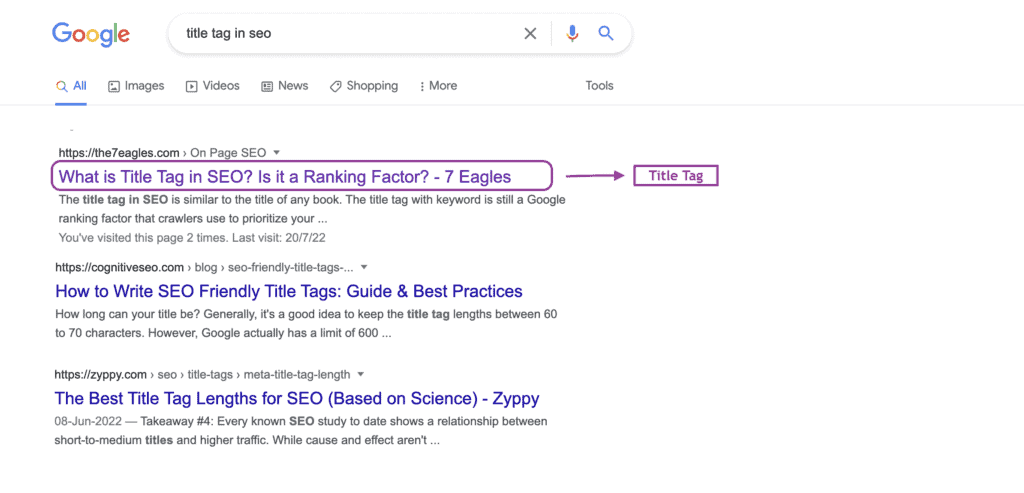

Perform a content audit:
Once you finish the content or work on a website with existing web pages, content auditing is mandatory.
Content is an integral part of on-page SEO checklist that has high weightage in overall Google ranking factors. The steps involved in content auditing are the following:
- Checking the relevancy of the web pages. Validating whether the user intent is matched
- Readability of the web pages
- Validating the web page with Google Quality rater guidelines
- Usage of semantic or LSI keywords
Use tools like SEMrush and SurferSEO to audit the website compared to peers that rank on the 1st page of SERP.
Readability of the content:
This is another on-page SEO checklist that is the readability of the content. It plays a major role in the bounce rate and dwelling time of the user.
Great content is just a piece of text if it is not able to read.
To check the readability of the content, use Hemingwayapp to validate.
Here are some tips to maintain high readability of the web page.
- A sentence should only have less than 20 words.
- A paragraph should have 2-3 sentences.
- Usage of transition words.
- Use maximum of active voice, and keep passive voice less than 10%.
- Avoid using consecutive sentences.
- A subheading should have less than 300 words.
Above tips will make sure your website has high readability index.
Length of the content:
Content length is a ranking factor, so it gets a place in our on-page SEO checklist.
On average, the web pages that rank on the 1st page of SERP had 1400-2000 words.
More than the number of words, it is most important to determine what depth it has answered or solved the user query.
For any information search term like “YouTube Marketing,” you can’t produce only 600-1000 words.
There are huge areas to cover in this topic. From what is YouTube marketing to creating a video plan, optimizing Channel, video with SEO, video editing, and YouTube analytics to set up YouTube ads.
Obviously, the content will be 2000+ words. So, the length of the content has its role in SEO.
Freshness of the content:
One of the key Google ranking factors is freshness. Everyone in this world avoids consuming outdated content.
Look for what’s the latest smartphone available in the industry.
In the same way, Google also likes to pick up the web pages that are continuously updating themselves with updates, rectifying the errors.
Never leave a page title, description, or body of the content with past pieces of information like year, month, etc.
The way you focus on new content share some shadow on updating the old content too.
Spelling and grammar
One of the primary Google search engine algorithm is meaning of the query. In terms of your web pages is misspelled, it would completely change the meaning and relevancy of the web page.
John Mueller in 2021 has confirmed that web pages with spelling and grammar errors have impact on SEO performance.
So use tools like grammarly and wordtune to validate the spelling and grammar of the content before publishing.
Avoid keyword stuffing:
Post the Hummingbird, RankBrain, and BERT update, the Google search engine looks for content matching user intent and no more keywords.
So, Google can find the content stuffed with the same terms multiple times on a web page, which could spoil the user experience. Irrelevant usage of keywords is also known as keyword stuffing.
Whenever you perform SEO, always validate every web page in the angle of stuffing.
Avoid keyword cannibalization:
Optimizing two pages for the same keyword or similar intent is known as keyword cannibalization.
This makes search engine to crumple on choosing the potential page, at the end, it depromotes all the web pages.
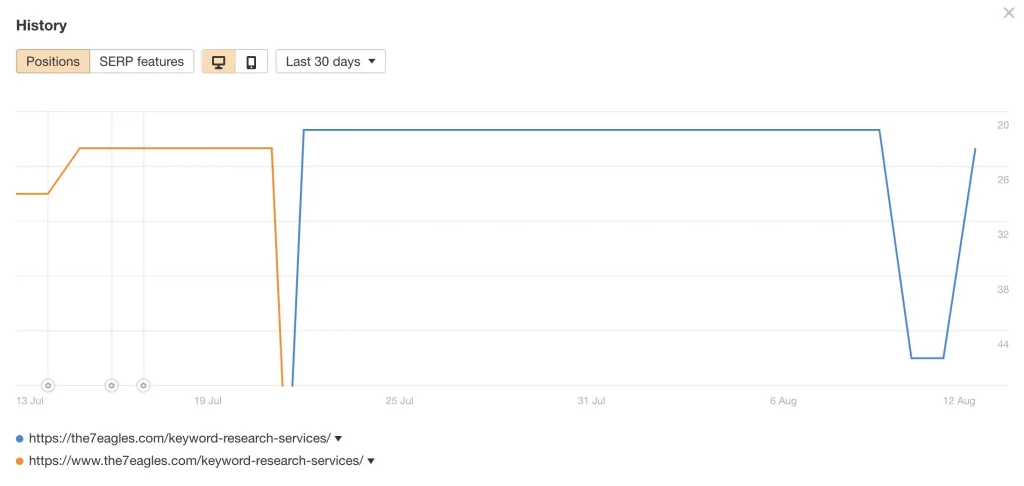
Here is the sample of keyword cannibalization, but this happened with the redirect issue.
You can diagnose the issue with the help of SEO audit tools like SEMrush and Ahrefs.
You should avoid using two web pages with the same intent to avoid keyword cannibalization.
Contextual internal links and descriptive anchor text:
Internal links are an important aspect for both users and search engines. It is the process of linking relevant web pages of the internal website.
A web page links another web page in case the linked web page would have complete information about the anchor text; the web page is linked.
Search engines crawl the anchor text and understand the relevancy of the linked web page.
Internal links have three benefits:
- It helps crawlers to discover new web pages to crawl, render, and index.
- It benefits users to spend time within the website by switching between relevant topics. This provides extensive information on a topic.
- The internal links carry link equity or juice, which helps increase the page rank of the linked web page.
You can have as many relevant internal links on a web page. Building a strong internally linked website will help your web pages get organic visibility.
These anchor texts should be descriptive and contextual. The text should be relevant to the content of the linked web page.
Link to relevant external resources:
Google search engine loves a web page with external resources from an authority website, and it’s called external linking.
It’s been a ranking factor since the external links build credibility on the content for both search engines and users.
When you link to another website for a definition that’s not available, it lets users know more about your topic.
Also, writing data of statistics or any survey should be linked to the website that shared the data.
Never use nofollow for all the external links; for any affiliate link, you promote, tag the links under nofollow, sponsored.
If your content is user generated, provide the tag UGC.

